The Osage Orange, also known as Bowwood, Hedge-Apple, and Mapo, is a versatile and hardy tree belonging to the Moraceae family. Native to regions spanning Southeast Oklahoma, Texas, and Arkansas, this woody tree thrives in USDA hardiness zones 4 through 9, making it adaptable to various climates.
Recognized for its distinctive wrinkled green fruit, roughly the size of a grapefruit, the Osage Orange tree is more than just a visual curiosity. Its dense, yellow wood is exceptionally strong, flexible, and naturally resistant to termites, making it a valuable resource for woodworking and other practical uses.
This fast-growing tree is easy to cultivate and has been a popular choice for hedgerows and natural barriers. Its unique features and resilience make it a fascinating addition to any garden or landscape.
| Common name | Bowwood, Hedge-Apple, Mapo, Osage Orange |
| Botanical name | Maclura pomifera |
| Family | Moraceae |
| Species | pomifera |
| Origin | South East Oklahoma to Texas and Arkansas |
| Life cycle | Woody |
| Plant type | Tree |
| Hardiness zone | 4, 5, 6, 7, 8, 9 |
| Sunlight | Full Sun |
| Maintenance | High |
| Soil condition | Clay |
| Soil ph | Acid |
| Drainage | Poorly Drained |
| Growth rate | Fast |
| Spacing | 24 – 60 ft. |
| Harvest time | Fall |
| Flowering period | Spring |
| Height | 25 ft. – 70 ft. |
| Flower color | Gold, Yellow |
| Leaf color | Green |
| Fruit color | Gold, Yellow |
| Stem color | Brown, Copper |
| Fruit type | Drupe |
| Fruit benefit | Showy |
| Garden style | Nighttime Garden |
I. Appearance and Characteristics
Maclura pomifera, commonly known as the Osage orange ( OH-sayj), is a small deciduous tree or large shrub, native to the south-central United States. Maclura pomifera has many names, including mock orange, hedge apple, hedge, horse apple, pap, monkey ball, monkey brains and yellow-wood. The name bois d’arc (from French meaning “bow-wood”) has also been corrupted into bodark and bodock.
The genus Maclura is named in honor of William Maclure (1763–1840), a Scottish-born American geologist. The specific epithet pomifera means “fruit-bearing”. The common name Osage derives from Osage Native Americans from whom young plants were first obtained, as told in the notes of Meriwether Lewis in 1804.
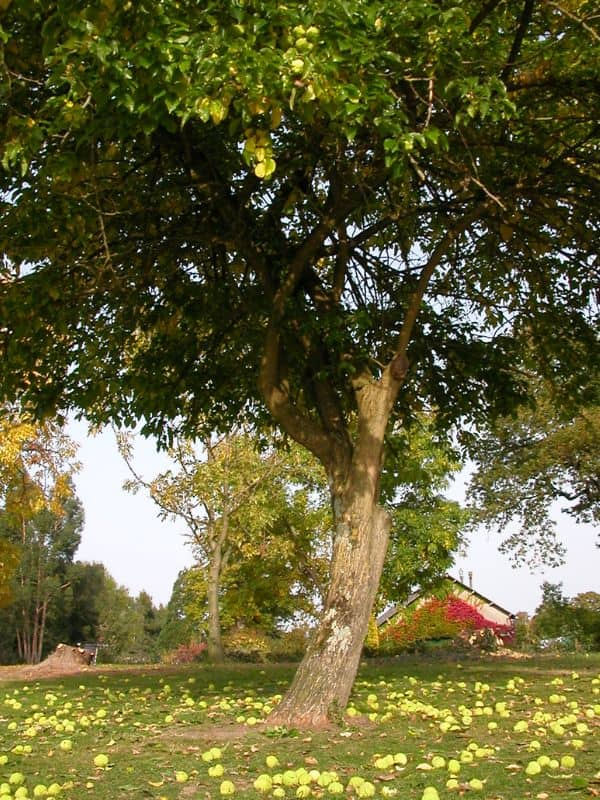
- General habit
Mature trees range from 12 to 20 meters (40–65 ft) tall with short trunks and round-topped canopies. The roots are thick, fleshy, and covered with bright orange bark. The tree’s mature bark is dark, deeply furrowed and scaly. The plant has significant potential to invade unmanaged habitats.
The wood of M. pomifera is golden to bright yellow but fades to medium brown with ultraviolet light exposure. The wood is heavy, hard, strong, and flexible, capable of receiving fine polish and very durable in contact with the ground. It has a specific gravity of 0.7736 or 773.6 kg/m3 (48.29 lb/cu ft).
- Leaves and branches
Leaves are arranged alternately in a slender growing shoot 90 to 120 centimeters (3–4 ft) long. In form they are simple, a long oval terminating in a slender point. The leaves are 8 to 13 centimeters (3–5 in) long and 5 to 8 centimeters (2–3 in) wide, and are thick, firm, dark green, shining above, and paler green below when full grown. In autumn they turn bright yellow. The leaf axils contain formidable spines which when mature are about 2.5 centimeters (1 in) long.
Branchlets are at first bright green and pubescent; during their first winter they become light brown tinged with orange, and later they become a paler orange brown. Branches contain a yellow pith, and are armed with stout, straight, axillary spines. During the winter, the branches bear lateral buds that are depressed-globular, partly immersed in the bark, and pale chestnut brown in color.
- Flowers and fruit
As a dioecious plant, the inconspicuous pistillate (female) and staminate (male) flowers are found on different trees. Staminate flowers are pale green, small, and arranged in racemes borne on long, slender, drooping peduncles developed from the axils of crowded leaves on the spur-like branchlets of the previous year. They feature a hairy, four-lobed calyx; the four stamens are inserted opposite the lobes of the calyx, on the margin of a thin disk.
Pistillate flowers are borne in a dense spherical many-flowered head which appears on a short stout peduncle from the axils of the current year’s growth. Each flower has a hairy four-lobed calyx with thick, concave lobes that invest the ovary and enclose the fruit. Ovaries are superior, ovate, compressed, green, and crowned by a long slender style covered with white stigmatic hairs. The ovule is solitary.
The mature multiple fruit’s size and general appearance resembles a large, yellow-green orange (the fruit), about 10 to 13 centimeters (4–5 in) in diameter, with a roughened and tuberculated surface. The compound (or multiple) fruit is a syncarp of numerous small drupes, in which the carpels (ovaries) have grown together; thus, it is classified a multiple-accessory fruit.
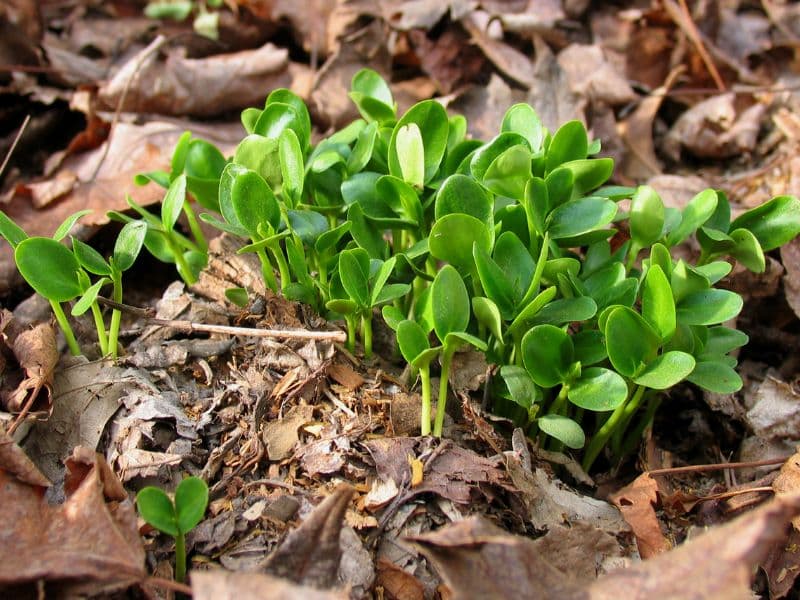
Each small drupe is oblong, compressed and rounded; they contain a milky latex which oozes when the fruit is damaged or cut. The seeds are oblong. Although the flowering is dioecious, the pistillate tree when isolated will still bear large oranges, perfect to the sight but lacking the seeds. The fruit has a cucumber-like flavor.
The fruits are consumed by black-tailed deer in Texas, and white-tailed deer and fox squirrels in the Midwest. Crossbills are said to peck the seeds out. Loggerhead shrikes, a declining species in much of North America, use the tree for nesting and cache prey items upon its thorns.
Maclura pomifera prefers a deep and fertile soil, but is hardy over most of the contiguous United States, where it is used as a hedge. It must be regularly pruned to keep it in bounds, and the shoots of a single year will grow one to two metres (3–6 ft) long, making it suitable for coppicing.
A neglected hedge will become fruit-bearing. It is remarkably free from insect predators and fungal diseases. A thornless male cultivar of the species exists and is vegetatively reproduced for ornamental use. M. pomifera is cultivated in Italy, the former Yugoslavia, Romania, former USSR, and India.
II. How to Grow and Care
Sunlight
Osage orange thrives in full sun conditions, where it benefits from direct sunlight for the majority of the day. This level of light intensity is crucial for the plant’s growth and fruit production. While osage orange can tolerate partial sun, meaning some shade during the day, full sun exposure prompts the best growth and health. In less than ideal light, osage orange may exhibit reduced vigor and sparse fruiting.
Adaptive traits such as leaf orientation may help osage orange maximize light absorption. Recommended planting positions for osage orange are open, unobstructed areas outdoors to ensure adequate light exposure.

Watering
Adapted to survive in periods of irregular rainfall, osage orange thrives with moderate moisture and is quite resilient against drought. Native to North America’s prairies, this species is accustomed to a climate that can fluctuate between wet and dry spells. Its water habits are balanced, neither requiring constant dampness nor complete aridity.
For optimal health, osage orange should be watered once every 1-2 weeks. Predominantly an outdoor plant, osage orange has developed a robust root system capable of extracting water from deep soil layers during the growing season, making it less dependent on frequent watering.
Fertilizing
For optimal growth, fertilizing osage orange should combine balanced nutrition and high nitrogen fertilizers. Use a balanced 10-10-10 NPK formula in early spring to enhance overall vigor, and switch to a higher nitrogen blend during active growth to promote foliage development. Apply quarterly at manufacturer-recommended rates, reducing in fall to prepare for dormancy.
When applying, distribute evenly around the drip line and water thoroughly to help absorption. Adjustments may be needed for young trees or different soil types; always follow local guidelines to prevent over-fertilization. Safety tip: wear gloves and avoid skin contact.
Propagation
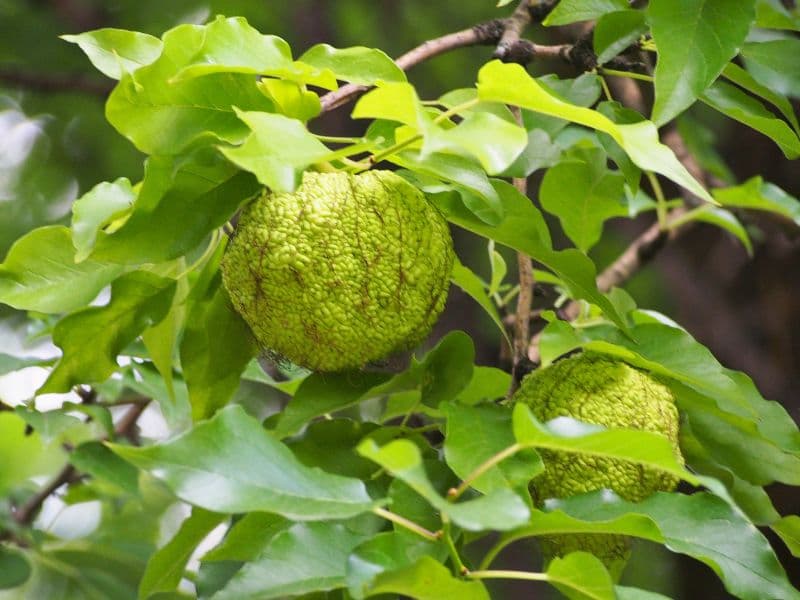
Osage orange can be propagated through hardwood cuttings, layering (air), and sowing seeds. Propagation during autumn and winter is ideal for best results. It has a medium propagation difficulty, and successful propagation can be identified through the growth of new roots and shoots. Key tips include choosing healthy parent plants and ensuring proper soil moisture.
Transplanting
The optimal season to transfer osage orange is between fall and spring (Autumn-Spring), providing a suitable environment for root growth. Ensure osage orange is set in a sunny location due to its sun-loving nature. A friendly tip: maintain consistent watering after transplanting to establish roots.
III. Uses and Benefits
- Medicinal uses
The Comanche formerly used a decoction of the roots topically as a wash to treat sore eyes.
- Other uses
The Osage orange is commonly used as a tree row windbreak in prairie states, which gives it one of its colloquial names, “hedge apple”. It was one of the primary trees used in President Franklin Delano Roosevelt’s “Great Plains Shelterbelt” WPA project, which was launched in 1934 as an ambitious plan to modify weather and prevent soil erosion in the Great Plains states; by 1942 it resulted in the planting of 30,233 shelterbelts containing 220 million trees that stretched for 18,600 miles (29,900 km).
The sharp-thorned trees were also planted as cattle-deterring hedges before the introduction of barbed wire and afterward became an important source of fence posts. In 2001, its wood was used in the construction in Chestertown, Maryland of the schooner Sultana, a replica of HMS Sultana.
The heavy, close-grained yellow-orange wood is dense and prized for tool handles, treenails, fence posts, and other applications requiring a strong, dimensionally stable wood that withstands rot. Although its wood is commonly knotty and twisted, straight-grained Osage orange timber makes good bows, as used by Native Americans.
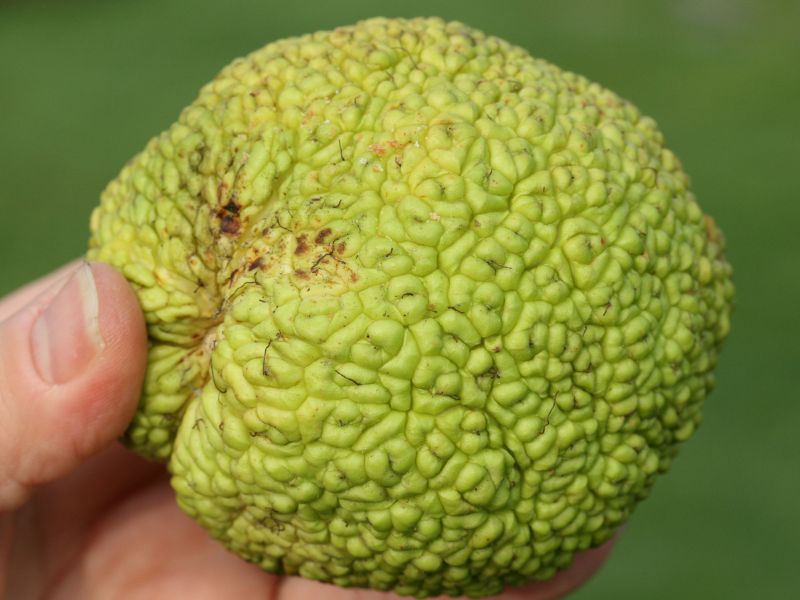
John Bradbury, a Scottish botanist who had traveled the interior United States extensively in the early 19th century, reported that a bow made of Osage timber could be traded for a horse and a blanket. Additionally, a yellow-orange dye can be extracted from the wood, which can be used as a substitute for fustic and aniline dyes. At present, florists use the fruits of M. pomifera for decorative purposes.
When dried, the wood has the highest heating value of any commonly available North American wood, and burns long and hot.
Osage orange wood is more rot-resistant than most, making good fence posts. They are generally set up green because the dried wood is too hard to reliably accept the staples used to attach the fencing to the posts. Palmer and Fowler’s Fieldbook of Natural History 2nd edition rates Osage orange wood as being at least twice as hard and strong as white oak (Quercus alba). Its dense grain structure makes for good tonal properties. Production of woodwind instruments and waterfowl game calls are common uses for the wood.
Compounds extracted from the fruit, when concentrated, may repel insects. However, the naturally occurring concentrations of these compounds in the fruit are too low to make the fruit an effective insect repellent. In 2004, the EPA insisted that a website selling M. pomifera fruits online remove any mention of their supposed repellent properties as false advertising.
Find Where to Buy the Best Osage Orange (Maclura pomifera)



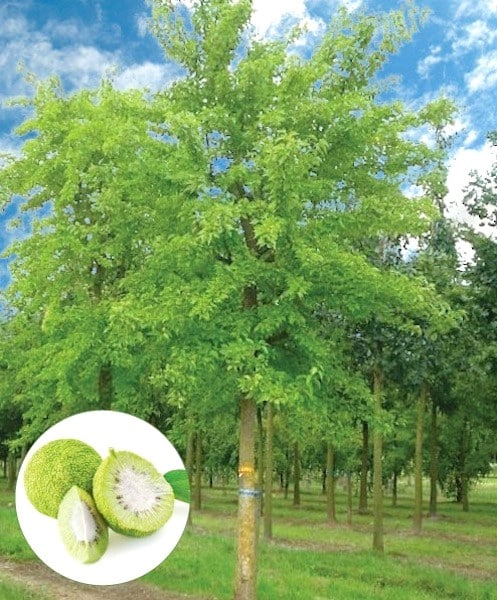





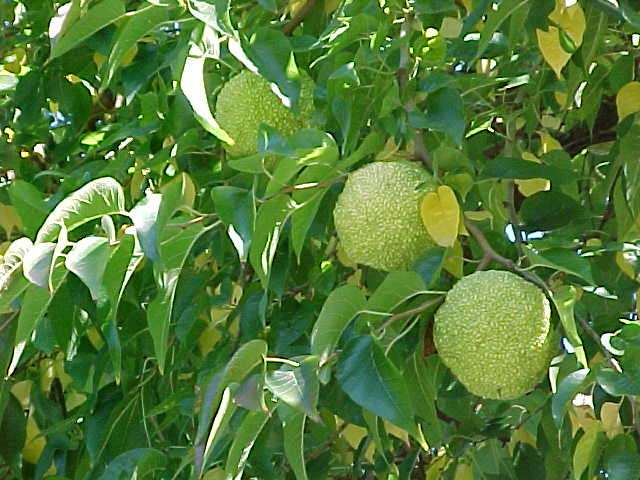

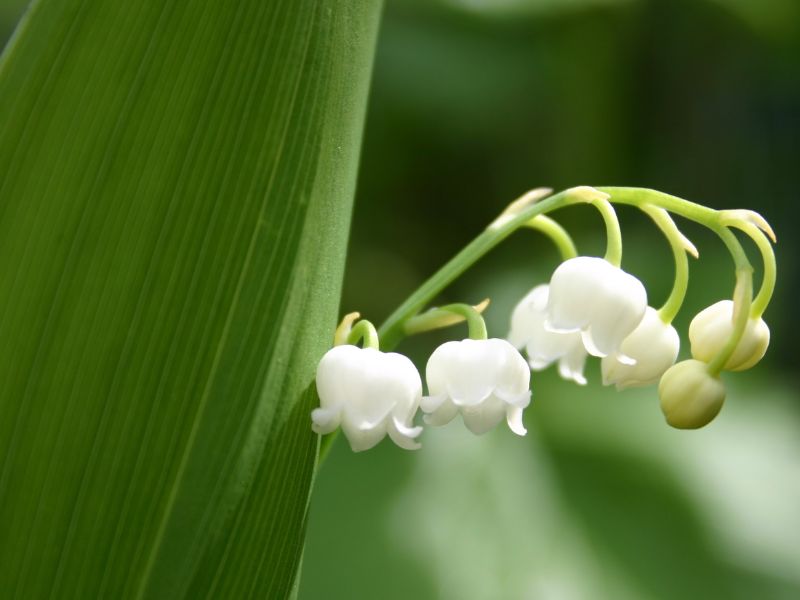
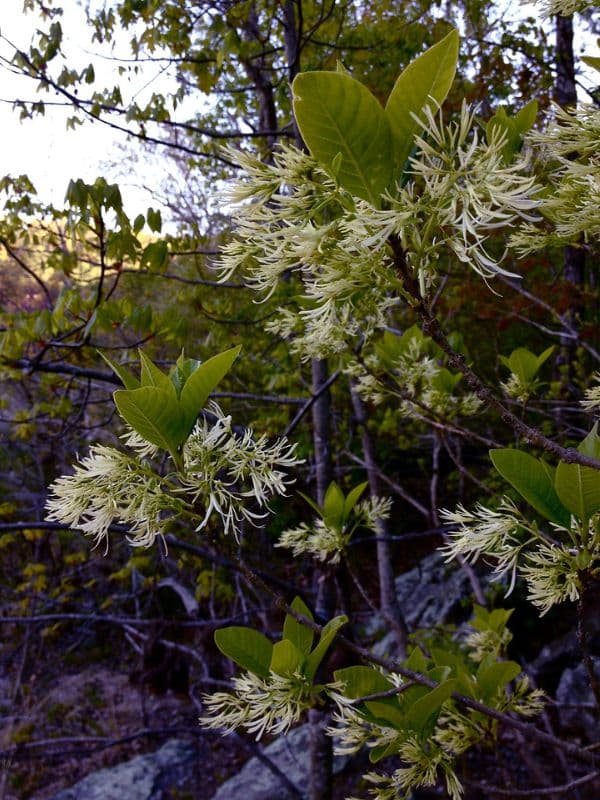
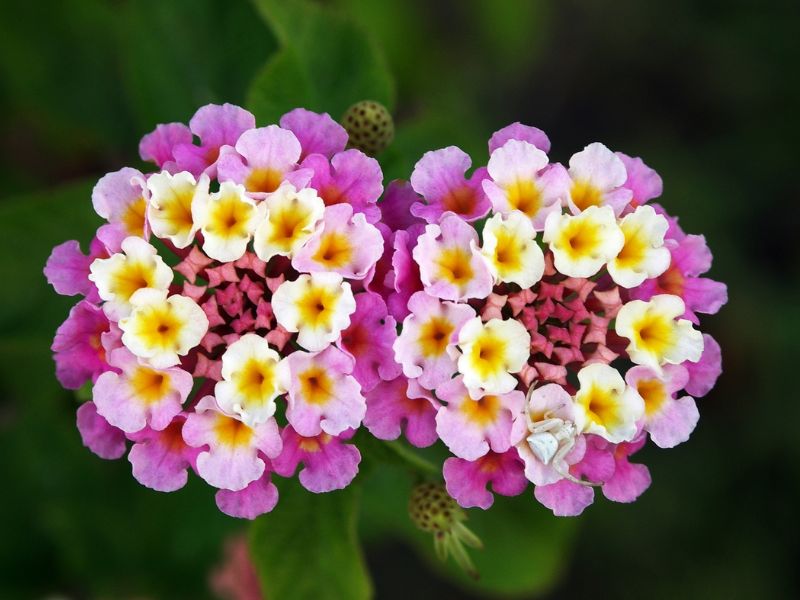
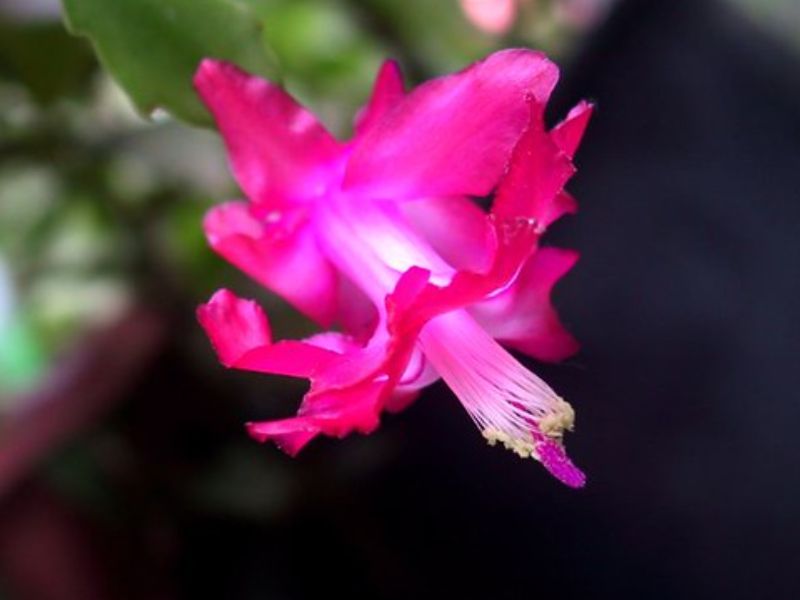
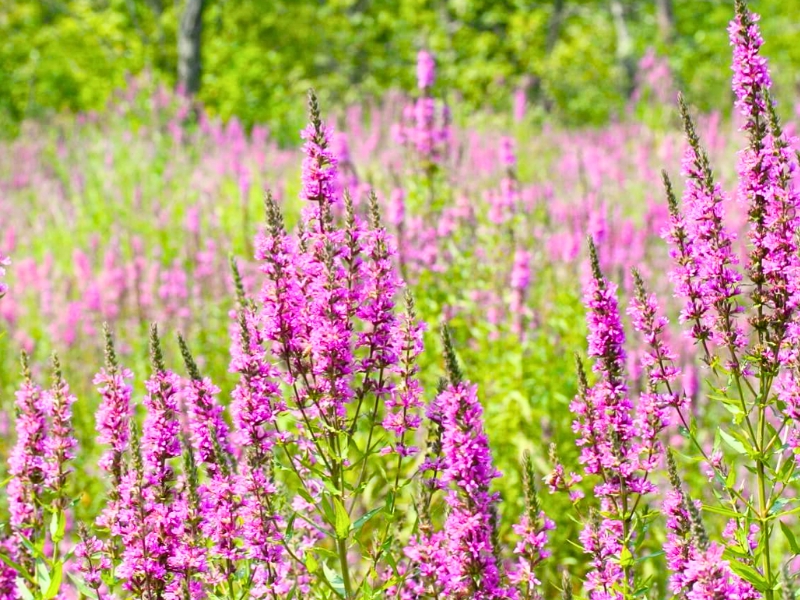
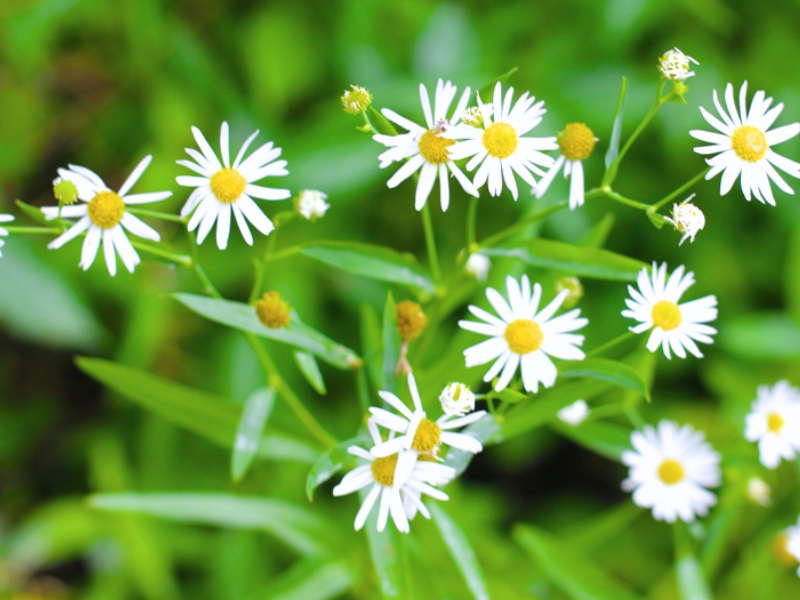
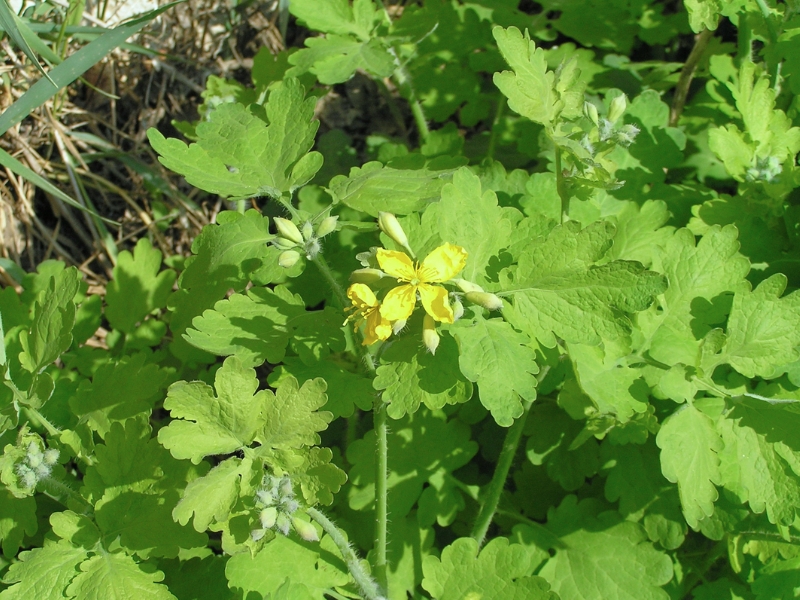
Leave a Reply